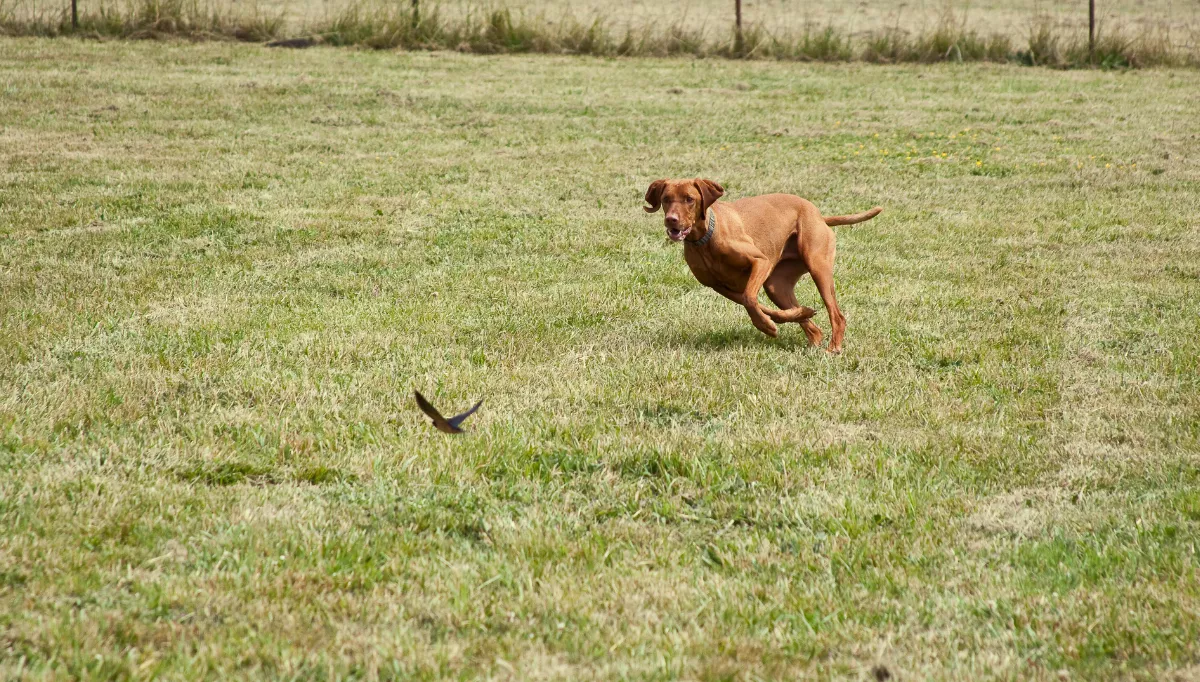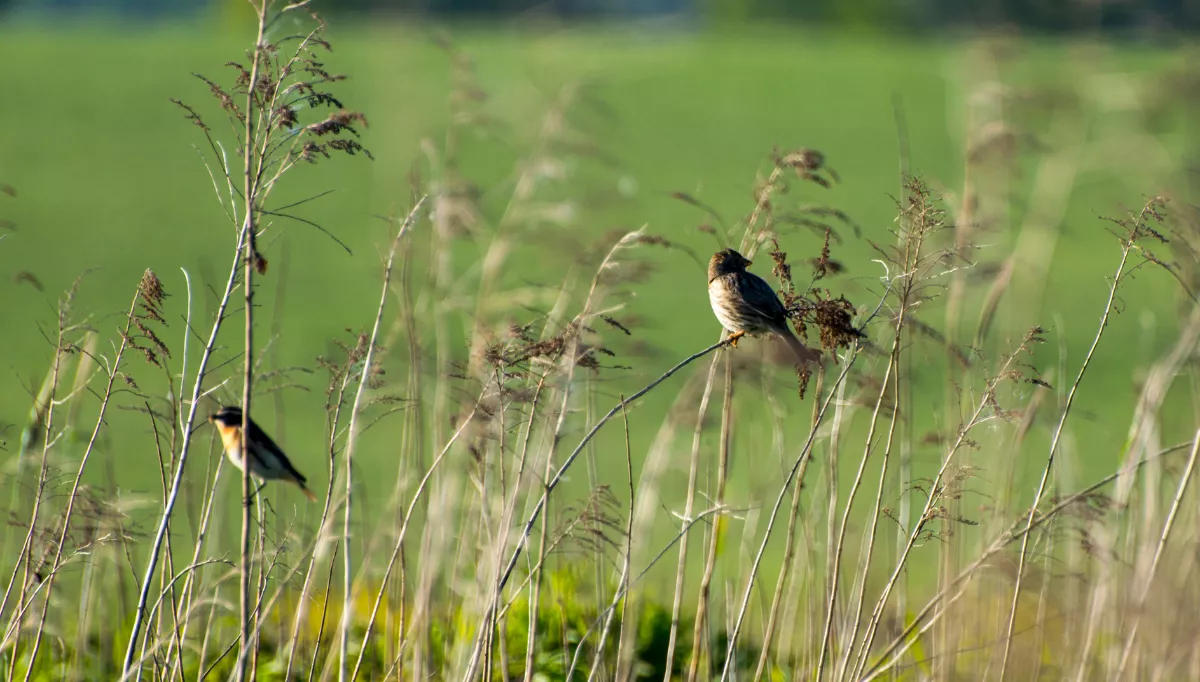This is how you and your dog can help
to protect the natural areas you love


Springtime walks in the countryside are a joy, especially with the cheerful song of skylarks in the background. But did you know that these birds, along with others like curlews and lapwings, build their nests on the ground? This leaves them vulnerable to disturbance from off-lead dogs.
With two-thirds of ground-nesting bird species in decline and the UK’s dog population at 11 million, it’s time for dog owners to take action.
How Dogs Impact Wildlife
Research shows that off-lead dogs are responsible for 40% of wildlife disturbances, while on-lead dogs cause just 5% (Wildlife Trusts). Even when dogs aren’t chasing birds or trampling through hidden nests, their presence alone can be enough to scare birds from their nests, exposing eggs and chicks to the cold or predators.
The good news? Small changes to how we walk our dogs can make a huge difference.
How Dog Owners Can Help
There’s no need to stop enjoying walks with your dog, but small adjustments can help protect wildlife during the critical breeding months (March-July) while still meeting your dog’s needs.
Did you know? The law requires dogs to be on a lead no longer than 2m on open access land from 1st March to 31st July. Always check local rules when out and about.
1. Use a Longline for Controlled Freedom
A longline is a lead over 5m that allows dogs to roam while remaining under control. To minimise wildlife disturbance, keep it under 10m and always attach it to a well-fitting harness (I've made a 10-minute video on how to use one properly). Longlining is a great alternative to off-lead walks, giving dogs the chance to explore safely.
2. Visit Wildlife-Friendly Dog Parks
Instead of walking in nature reserves or areas with high bird populations during nesting season (March–July), consider visiting dedicated dog fields or parks. These secure spaces allow your dog to run freely without impacting sensitive wildlife habitats.
3. Try Lead-Based Sniffaris (Sniffy Walks)
Dogs don’t need to run at full speed to enjoy their walks! Sniffari-style walks, where dogs are encouraged to explore with their noses, provide excellent mental stimulation. A slow, lead-based walk through quieter areas is often more enriching for a dog than a high-energy off-lead sprint.
Additional Benefits of These Changes
- Safer for livestock – Ensuring dogs are under control prevents unintentional harm to farm animals.
- Prevents water pollution – Keeping dogs out of ponds protects aquatic wildlife and reduces contamination from flea treatments.
- Improves recall skills – Practising longlining and lead-walking makes future off-lead walks more reliable.
- Keeps all of nature healthy – Avoiding sensitive areas allows other wildlife to thrive undisturbed too.
Final Thoughts
By making small adjustments, such as longlining, choosing less sensitive locations, and embracing brain-tiring sniffy walks, we can give birds and other wildlife the space they need to survive. It’s a simple but meaningful way to protect our natural world while ensuring our dogs still enjoy fulfilling walks.
With thoughtful choices, we can enjoy our time outdoors while helping wildlife flourish for future generations.
